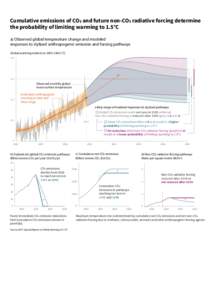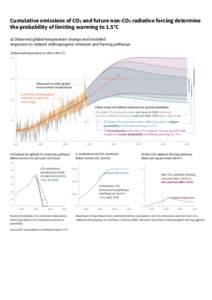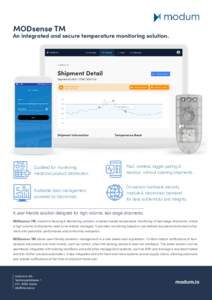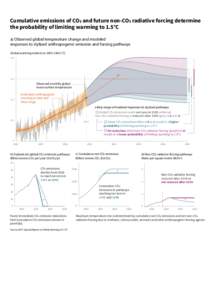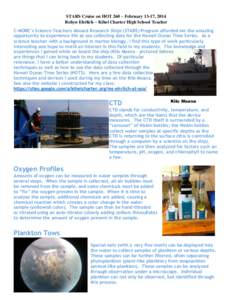 Date: 2014-05-28 05:28:54Planktology Aquatic ecology Nansen bottle Plankton Titration Oxygen RV Kilo Moana Shale Niskin Conductivity temperature depth Oceanography Chemistry Matter | |  STARS Cruise on HOT 260 – February 13-17, 2014 Robyn Ehrlich – Kihei Charter High School Teacher C-MORE’s Science Teachers Aboard Research Ships (STARS) Program afforded me the amazing opportunity to experience lif STARS Cruise on HOT 260 – February 13-17, 2014 Robyn Ehrlich – Kihei Charter High School Teacher C-MORE’s Science Teachers Aboard Research Ships (STARS) Program afforded me the amazing opportunity to experience lif
Add to Reading ListSource URL: cmore.soest.hawaii.eduDownload Document from Source Website File Size: 186,79 KBShare Document on Facebook
|

 STARS Cruise on HOT 260 – February 13-17, 2014 Robyn Ehrlich – Kihei Charter High School Teacher C-MORE’s Science Teachers Aboard Research Ships (STARS) Program afforded me the amazing opportunity to experience lif
STARS Cruise on HOT 260 – February 13-17, 2014 Robyn Ehrlich – Kihei Charter High School Teacher C-MORE’s Science Teachers Aboard Research Ships (STARS) Program afforded me the amazing opportunity to experience lif